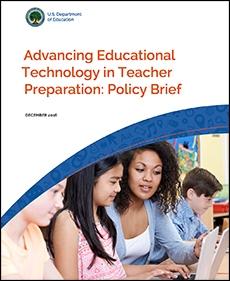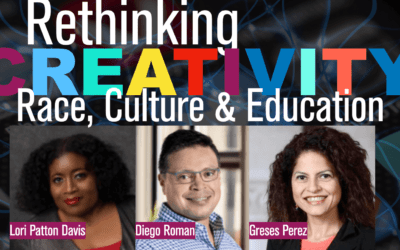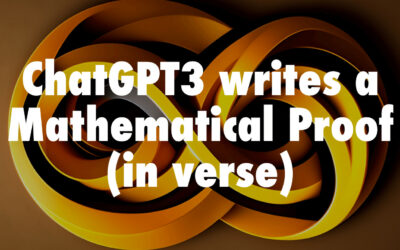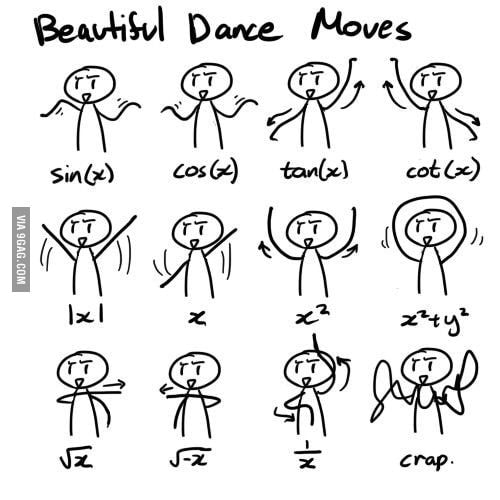The US department of Education recently released a policy brief, titled: Advancing Educational Technology in Teacher Preparation. As they describe it
This policy brief identifies key challenges and solutions to the effective integration of technology in teacher preparation, provides guiding principles on how to move the field toward effective integration of technology in teacher preparation programs, and identifies areas of opportunity and collaboration for stakeholders across the field.
Speaking selfishly, as a researcher and as a member of the leadership team at Arizona State, I have to point out two key references made in the report.
The first, speaks to my research (a collaborative effort with Matthew Koehler at MSU), namely the TPACK framework. Within the context of one of the key principles described in the report, that of “building sustainable, program-wide systems of professional learning” the report says:
To create expert teachers, preparation programs may find it helpful to incorporate a combination of skills and knowledge often referred to as TPACK: Technological Pedagogical Content Knowledge. Graduates should be able to incorporate a solid knowledge of content matter, a deep understanding of how students learn, and a practical facility with technology.
Second, is the reference in the report to some exemplary work being done under the leadership of one my colleagues, Teresa Foulger, here at ASU. As the report states:
Teresa Foulger, an associate professor at the Mary Lou Fulton Teachers College at Arizona State University, is leading a working group of educational technology faculty-researchers to develop a set of competencies for use by teacher educators in teacher preparation. The goal of the Teacher Education Technology Competencies (TETC) project is to define the knowledge, skills, and behaviors of higher education faculty who support pre-service teachers in learning to teach with technology. The competencies are being created using crowdsourced scholarly literature as a base, then a collaborative Delphi methodology where input is attained from an international base of teacher educators and content experts. The research team plans to release the competencies in Spring 2017.
Teresa recently presented her work in this area at a meeting at the White House!





0 Comments